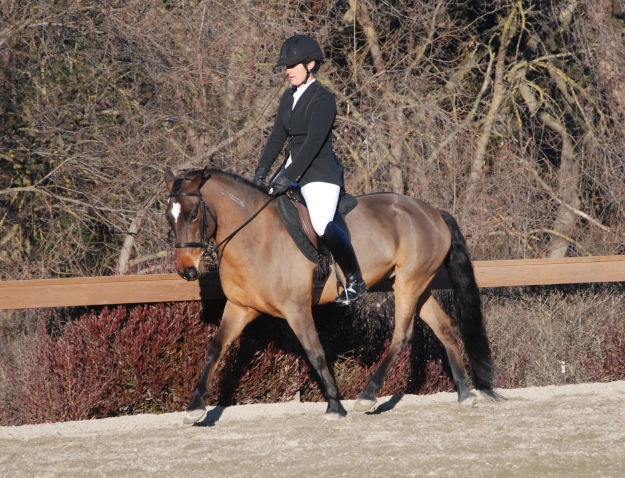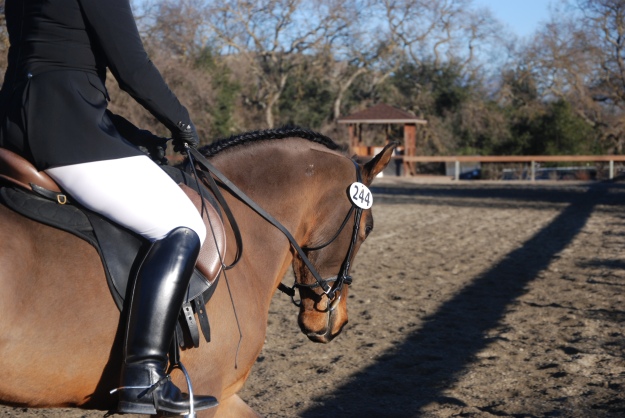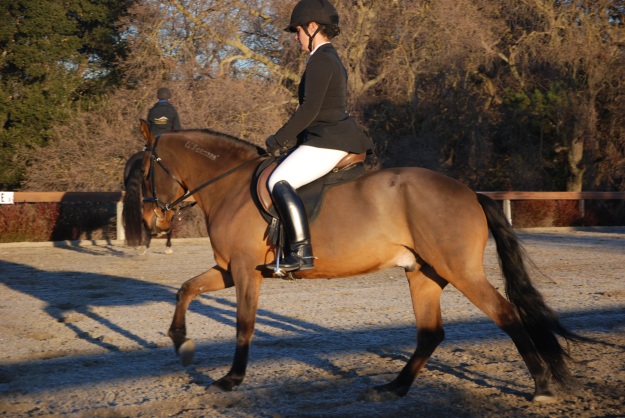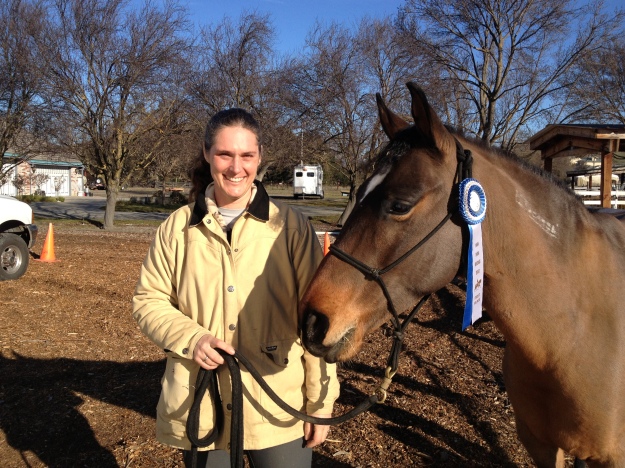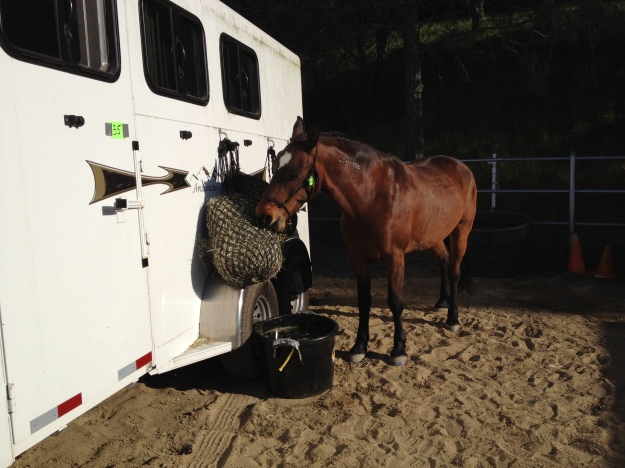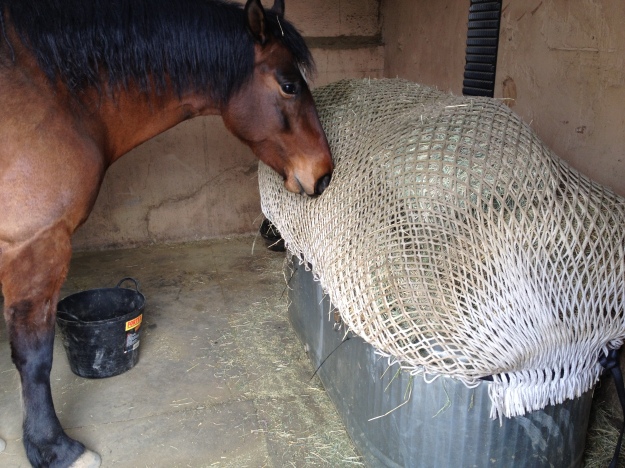I haven’t carved out the time for a blog update in forever and ever, so here’s a slapdash tour of the whole darn year to make up for some lost time. If you’re not my mother, you might just want to skim the pics. It got a bit looooong. Here goes:
I got suuuuuper duper pregnant! If I had a nickel for every person who asked if I was having twins… I would tie them up in a small sack to tote in my purse and use to whack those people upside the head. Most especially those who followed with “Are you sure you’re not having twins?”
It was not a delightful 9 months. I will absolutely miss some things- the feeling of having a mysterious, kicking creature inside me and all the wonder and joy it inspired, but mostly the rest of it was rough. I had amazing, intense nausea and please-let-me-lie-down-on-the-floor-right now-to-sleep fatigue for the first 17 weeks, followed by some absolutely crazy making insomnia and pelvic discomfort for the remainder. I was so darn happy to have that baby for all the usual reasons, but also to end that pregnancy!
But who wouldn’t go through that if it meant you got to have this guy in the end??! Baby R- way beyond worth it.
He’s in that exponential growth period of life these days, so looking at pictures like this one is a trip. Moments ago he was a grub and today he was ransacking our cabinets and burning holes through the knees of his tiny track pants in an all out crawl-sprint for Bonnie’s dog food bowl. Nuts!
Yep, here comes trouble!
O has proven to be a superb older brother. There have been some minor recent frustrations as R has gone from a largely sedentary guy that a big brother can interact with or ignore ad lib in the course of an afternoon’s play to a roving Lego hoover that must be constantly monitored to keep from destroying and/or being destroyed by a person’s favorite toys, but overall it has been quite a smooth transition. O is enjoying R so much he’s even had moments of lobbying for another baby (gasp)! R is one lucky guy.
For the chickens it has been a year of declining productivity and tree roosting naughtiness. We got our newest round of chicks in the Fall to get a jump on Spring laying and all was going great until one of our young ladies started crowing yesterday. Another rooster! Sigh. The four standard size hens we had ranged in age from about 4-7, so it was time to also retire them to the big hen house in the sky (a.k.a. my friend Catherine’s freezer). I was more hands on in the slaughtering and dressing this time around, so I think in the future we’ll be keeping our old birds on site for our own stew pot. I’m also thinking of a more rapid turn-over plan in the future so that we have more consistent laying through the winter months. Catherine and I tried a couple of new techniques in processing the hens this time- using garden shears for the beheading and skinning rather than plucking the birds (Catherine doesn’t like the skin), both of which I highly recommend.
The chicken above, Amelia, will certainly be remembered. She was constantly in search of a better place to hide her eggs, a trait which led to many misadventures. The first time she went missing I just assumed the worst after a few days, but B, in a rather surprising moment of chicken tenderness, flyered the neighborhood with “Lost Chicken!” signs. Turns out she had just been on a walkabout and taken to roosting in a tree outside our neighbor’s bedroom window. The second time she was lost B found her splayed out in such an awkward pose in one of our compost bins that he was sure she was dead. A loud screech and panicked flapping set him right on that account when he went to pick her up, uncovering the 17 eggs she had been secretly laying and attempting to hatch. Often, though, it would be Bonny the Bloodthirsty who would find her after she had flown from the safety of the fenced chicken paddock. Three separate times the chase ended badly, but each time Amelia managed to escape death’s fluffy blond jaws. Some chicken!
Here we find Bonny terrorizing other small animals across the West.
Ferocious!
As mentioned before, my fabulous dressage trainer Sue and Sebastian The Wonder Mustang absolutely kicked butt this year while I was busy being hugely pregnant and then hugely tired postpartum. I couldn’t be more pleased with Sebastian’s progress! Certainly some credit goes to him being a really wonderful guy, but the layering of well done dressage training over natural horsemanship foundation training is just dreamy. He is a pleasure to be around and he’s really learning to use his body correctly. He and I are even moving up to First Level this year! I took him to a show and rode him at Training Level in October. He was a total champ (as expected) and I managed to mostly keep my wits about me and steer the proper course, so onward and upward we go!
That one is me! In full dressage show gear- Hah! I thought showing hunter/jumpers was silly with my wool coat in the heat of the Summer, but check me out now- white pants and gloves for riding horses. Who thinks that’s a good idea?? After finding that the dressage coat that fit me well was 480 bucks (AK! I could adopt 3.84 more BLM Mustangs for that price!), I dyed my old hunt coat black and put on silver buttons to emulate dressage fashion. Totally passable, I think. I had a lot of fun at this show. I can’t wait for our next one in February.
B did manage to go skiing in the back country- once, last April. As a guy who grew up in the mountains, skiing all through the winters, B really recharges on these kind of trips. Once is not nearly enough! Jeez. This life balance thing is tough.
The bees! Oh, the bees. This first year as a beekeeper has been, well, very mixed. I have loved everything I have learned and the hands on care has been amazing, BUT I think most all of my bees are dead. I found that sad, sad fist-sized clump of dead bees surrounding the dead queen of the far hive after the cold snap in the late fall. I imagine they were just too small and weak to stay warm. At last check a couple of weeks ago the near hive had a smattering of brood on two medium frames and not a lot of bees. A few days ago I watched a sort of sputtering bee topple off the landing board and found that she had the shriveled little nubby wings that come from deformed wing virus- a sure sign that the mite levels in the hive are overwhelmingly high. The virus enters the bees through openings made when mites feed on their bodies.
I guess it’s possible that they will come back, but I can’t help but think they’re pretty much done for. They have all the leftover stores of honey and nectar from the far hive and in theory there should be Eucalyptus to forage now, so we’ll see.
It’s hard to know what did almost everybody in, possibly a combination of robbing wasps (there were soooo many this year!), mites, and stress from me checking in on them as an eager first year beekeeper trying to learn the ropes. Next year I’m going to get packages of bees from a new source and be more vigilant in some ways (robbing screens on earlier, more intensive mite control) while less invasive in terms of hive inspections. I definitely love the practice of beekeeping, so I’m going to keep at it. The dry, dry California weather (it’s eerie, I can barely remember the last rain) will present a new problem in the coming year, however, with much less forage available. Please wish us luck, it seems we will need it!
Of course the year involved a good deal of crafting. Between O and I there are always a project or two and various supplies littering the house. O is particularly fond of anything involving tape or string, but my only-for-work pens and any strap-like horse tack also do quite nicely when constructing elaborate art installations in the house. I got really into making paper flowers. This is my New Year’s wreath:
So there it was, a loooong glimpse at Full Hearts Farm 2013. We send our best, best wishes and lots of love to all for the coming year!









































